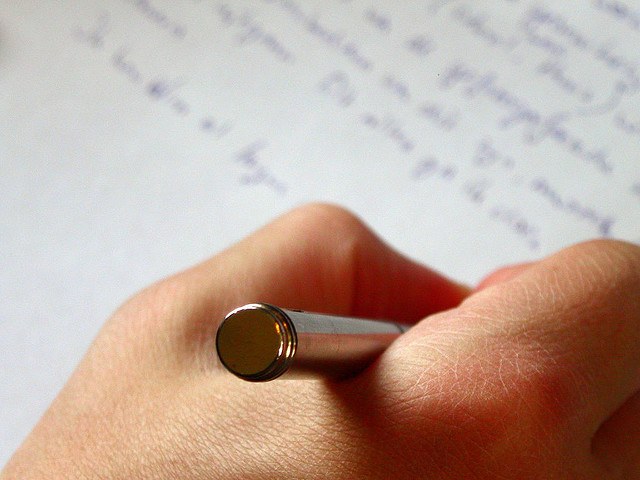Instruction
1
Direct speech is one of the main ways of transfer of another's speech. It is presented in one or more sentences, where the writer literally reproduces the speech of another person on his behalf. While retaining all the grammatical, syntactic and stylistic features of a foreign language. Direct speech can serve for the expression of the speech of another person or spoken before the speech writer.
2
Ordinary direct speech is accompanied by the author's words, commenting on what and how the phrase was uttered. The author's words are the main tool for inclusion of foreign speech into text, as in the rest of the direct speech remains unchanged and is not subject to the restructuring of the language constructs, as it happens, for example, in indirect speech.
3
The words of the author are expressed by verbs that indicate the process of speaking ("said", "replied", "said", "shouted") or thinking ("thought", "thought"). It can also be verbs that describe the associated action ("smile", "slapped his forehead", "wink"). Sometimes verbs are replaced by verbal nouns with the same value. The words of the author precedes the direct speech, follow it or are within it.
4
How are the text the author's words, depends on the setting of punctuation marks in the text where there is direct speech. If the sentence begins with the words of the author, after them is followed by a colon, and the very direct speech quotation marks are allocated. In the case where the author's review is after the direct speech is in quotation marks and ends with a dash. The dot and comma at the end of the direct speech are placed outside the quotation marks, and ellipses, exclamation and question marks inside them.
5
More difficult situation is when the author's words divide the direct speech into two parts. If it is expressed in one sentence, then the punctuation can be expressed by the schema "P, - a, - p./?/!", where "a" is the words of the author, and "N" –direct speech. When the transfer of a foreign language is performed by means of the two proposals, the scheme looks like: "P,/?/! . P./?/!".
Useful advice
Dialogue is one of the varieties of direct speech. It can be applied without commenting on the words of the author, and different stands out in the letter.
